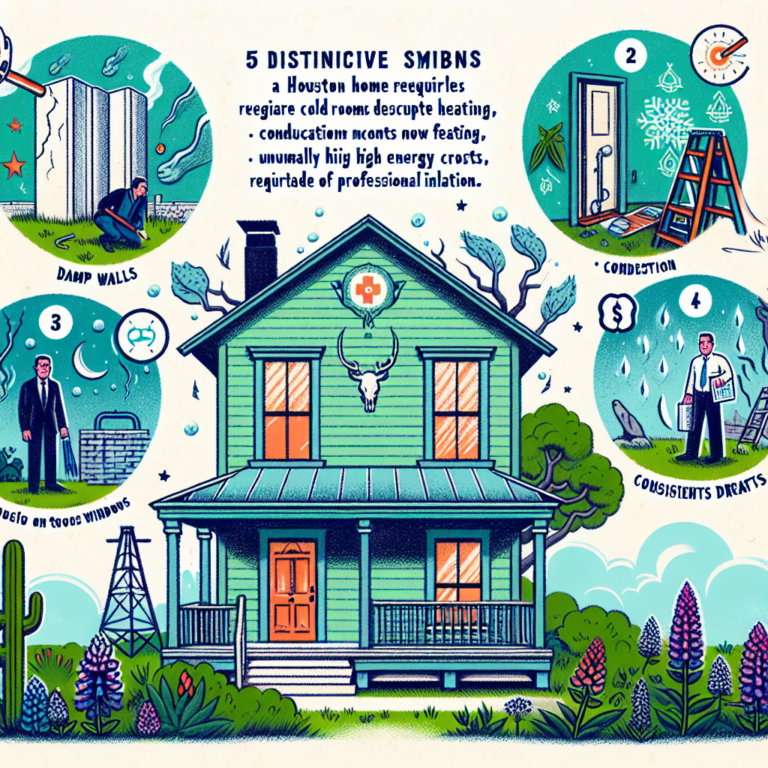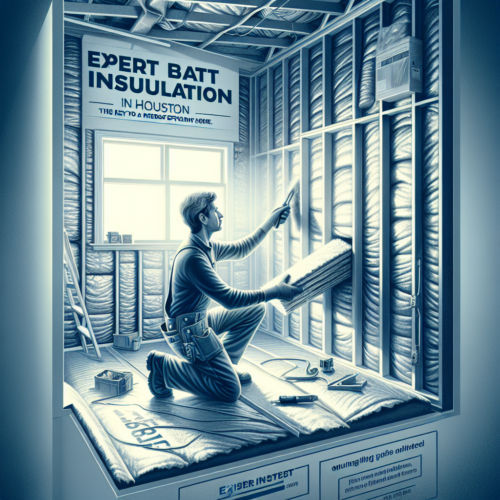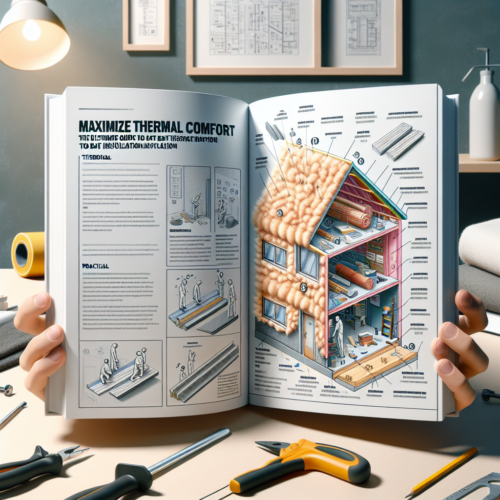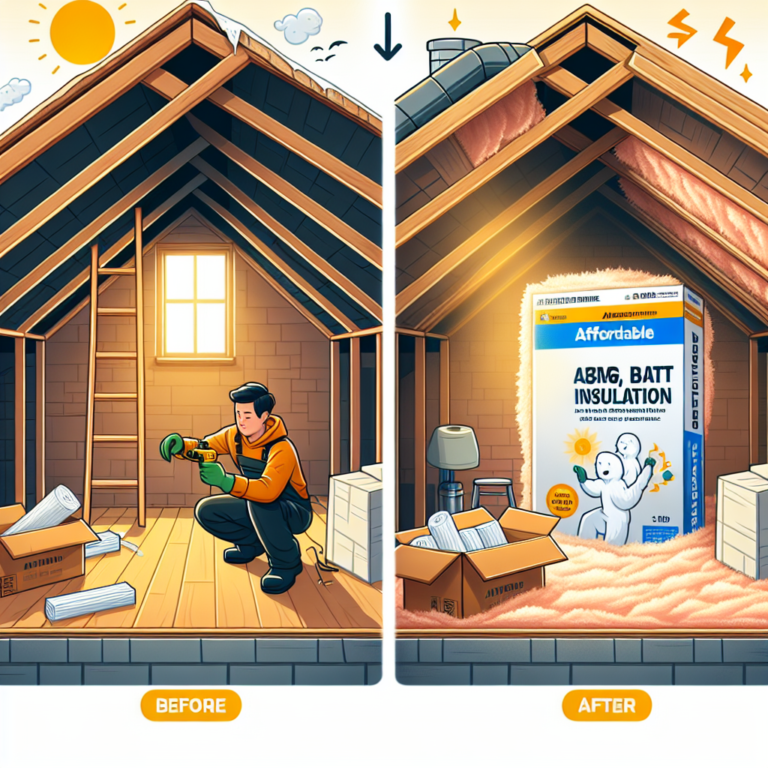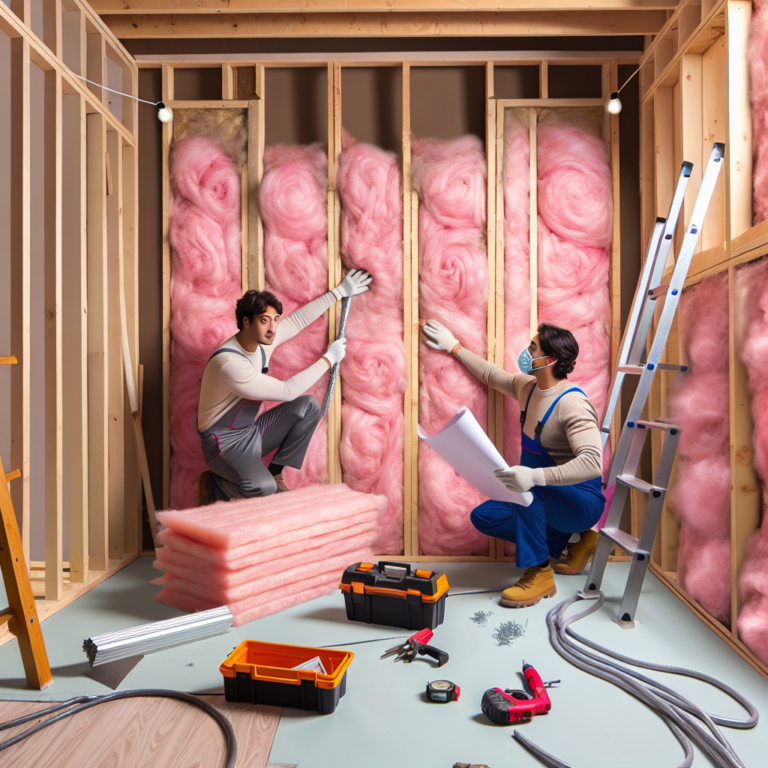Master the Art of Blow-In Insulation: A Professional Guide for Houston Homes
Table of Contents
1. Introduction: Why Blow-In Insulation Matters in Houston
2. H2: Why Choose Professional Blow-In Insulation for Your Houston Home
3. H2: Step-by-Step Guide to Installing Blow-In Insulation
3.1. H3: Preparation and Inspection
3.2. H3: Equipment Setup and Loading
3.3. H3: Blowing In and Quality Checks
4. H2: Common Pitfalls and How to Avoid Them
5. H2: FAQs About Blow-In Insulation in Houston
6. Conclusion: Embrace Energy Savings with Blow-In Insulation
Introduction: Why Blow-In Insulation Matters in Houston
In a city where summer temperatures regularly climb into the 90s and winter nights can still feel chilly, efficient home insulation is essential. Blow-in insulation offers Houston homeowners an affordable, high-performance solution. By spraying loose-fill materials—such as fiberglass, cellulose, or mineral wool—into walls, attics, and floor cavities, this method seals gaps and crevices that traditional batts or rolls might miss. With professional installation, blow-in insulation maximizes energy savings, improves indoor comfort, and boosts property value.
H2: Why Choose Professional Blow-In Insulation for Your Houston Home
Expertise and Precision
A professional installer brings in-depth knowledge of local building codes, climate nuances, and material performance. They’ll assess your home’s current R-values, identify air leaks, and calculate the exact amount of loose-fill needed. Their experience ensures the insulation is evenly distributed and reaches every nook and cranny—from rim joists to cathedral ceilings—without overpacking or underfilling.
High-Quality Materials and Equipment
Licensed contractors source premium insulation blends designed for Houston’s humidity and temperature swings. Industrial-grade blowers and hoses deliver consistent airflow and density, creating a uniform thermal barrier. Professionals also employ moisture-resistant treatments and vapor retarders where needed, preventing mold growth and maintaining indoor air quality.
Time Savings and Peace of Mind
DIY blow-in projects often underestimate the labor, cleanup, and potential for uneven coverage. A skilled crew completes the job in hours, not days, and leaves your home spotless. Reputable companies back their work with warranties, giving you confidence that your investment performs year after year.
H2: Step-by-Step Guide to Installing Blow-In Insulation
Even if you plan to hire professionals, understanding the installation process helps you make informed decisions and know what to expect.
H3: Preparation and Inspection
– Conduct a thorough energy audit to locate leaks around windows, doors, and penetrations for plumbing and wiring.
– Remove any existing debris or damaged insulation, ensuring a clean space.
– Seal large cracks with expanding foam or caulk to prevent loose-fill from escaping.
– Cover electrical outlets, light fixtures, and vents to protect them from insulation dust.
H3: Equipment Setup and Loading
– Rent or arrange for a commercial blower machine capable of handling your chosen material.
– Connect hoses securely, checking for air-tight seals to maintain consistent pressure.
– Load the hopper with insulation—cellulose for eco-friendly performance, fiberglass for cost-effectiveness, or mineral wool for superior fire resistance.
– Calibrate the machine’s feed rate, ensuring the insulation flows smoothly without clumping.
H3: Blowing In and Quality Checks
– Start at the farthest point from the exit, working systematically to avoid retracing steps.
– Keep the nozzle moving in sweeping motions, filling cavities to the manufacturer’s recommended depth.
– Pause periodically to measure insulation depth with a ruler or depth gauge.
– After filling, use a settling tool or tapping motion to compact the material slightly and eliminate voids.
– Inspect from multiple angles—attic hatch, crawl space access, and exterior vents—to confirm uniform coverage.
H2: Common Pitfalls and How to Avoid Them
Underestimating Air Sealing
Even the best insulation loses effectiveness if air leaks go unaddressed. Prioritize sealing before blowing in insulation.
Ignoring Moisture Control
Houston’s humidity can trap moisture in wall cavities. Apply vapor retarders where needed and ensure proper attic ventilation.
Overpacking or Underfilling
Too little insulation leaves cold or hot spots; too much can stress drywall or sheathing. Follow R-value guidelines and manufacturer recommendations.
Skipping Professional Consultation
Every home is unique. A brief consultation with an insulation expert can prevent costly mistakes and optimize energy savings.
H2: FAQs About Blow-In Insulation in Houston
Q: How long does professional blow-in insulation last?
A: With quality materials and proper installation, blow-in insulation can perform effectively for 20–30 years or more.
Q: Will insulation dust invade my living spaces?
A: Licensed installers use containment measures—tarping, negative air machines, and HEPA filters—to minimize dust migration.
Q: Can I install blow-in insulation myself?
A: While possible, DIY installations often yield uneven coverage and can miss critical air-sealing steps. Professional crews achieve consistent results and warranties.
Conclusion: Embrace Energy Savings with Blow-In Insulation
Mastering the art of blow-in insulation begins with understanding its benefits and entrusting installation to seasoned professionals. In Houston’s challenging climate, a well-executed loose-fill system seals out heat in summer, locks in warmth during cooler months, and reduces energy bills year-round. By investing in professional blow-in insulation, you’re not just upgrading your home’s thermal envelope—you’re ensuring comfort, protecting indoor air quality, and boosting long-term property value. Take the first step toward a more efficient, comfortable Houston home today.




